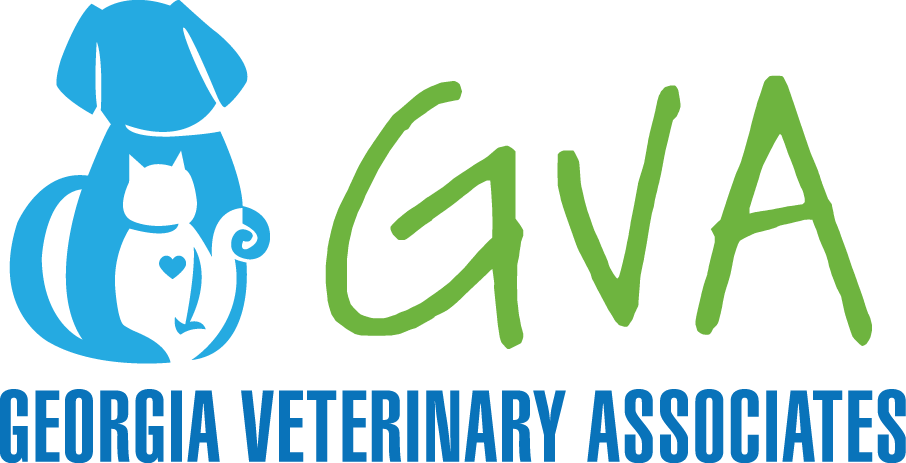Happy Fall Y'all!
With the new, cooler weather on upon us, make sure to keep an eye out for some of the more common fall toxins. From holiday celebrations to crisp fall hikes, there are a number of things to keep an eye out for.
Antifreeze:
While antifreeze may not be a huge concern in the south where below-freezing weather is uncommon, it is a good thing to watch out for if you plan on visiting colder states with your pets or winter homes that need to be winterized. Antifreeze is added to pipes and cars to lower the freezing point of water. Helpful in preventing pipes from freezing in homes not built for below 31°F. Ethylene glycol is what makes antifreeze so dangerous and less than three ounces can be fatal for a medium-sized dog.
Pets are most commonly exposed to Antifreeze through either puddles on driveways or parking lots or by drinking water from toilet blows in which antifreeze has been used to prevent freezing. Antifreeze poisoning affects the brain, liver, and kidneys.
Symptoms:
Common signs of antifreeze poisoning are:
- Drunken behavior
- Uncoordinated movement
- Vomiting
- Depression
- Weakness
- Fainting
- Coma
Chocolate:
With Halloween around the corner, remember that chocolate is toxic to dogs. While milk chocolate is not poisonous, it can cause an upset stomach and still a good idea to avoid. However, dark chocolate and baker's chocolate both contain high levels of caffeine and theobromine. Theobromine is a chemical we humans can digest quickly whereas dogs cannot. The slower digestion period allows for the chemical to build up and reach toxic levels at a quicker rate.
Symptoms:
Common signs of chocolate poisoning that range from mild to severe are:
- Agitation
- Panting
- Vomiting
- Diarrhea
- Racing heart rate
- High blood pressure
- Abnormal heart rhythm
- seizures
- Tremors
Compost/Mulch Piles:
Composting is a great way to go green but make sure your pile is secured and fenced off. Compost piles by nature allow harmful molds to break down the leftover food so it can be reused in multiple ways. However, those molds can be toxic to pets and even wildlife if they eat any of it. Outside of a compost pile, moldy food such as bread, pasta, and cheese can also carry the toxins.
Symptoms:
Common signs of mycotoxin poisoning are:
- Uncoordinated movement
- Vomiting
- Tremors
- Seizures
- Elevated body temperatures
Mothballs:
Mothballs are a common pesticide that slowly releases a gas-based position to kill and repel moths and other incests. Mothballs come in all shapes and sizes from balls, like the name suggests, to flakes which are easier to ingest. The chemicals most commonly used are naphthalene, paradichlorobenzene or PDB, and camphor. Modern mothballs most commonly use PDB due to naphthalene flammability and toxicity. Regardless both are harmful to pets.
Traditional naphthalene mothballs are considered more toxic but PDB and camphor mothballs can cause just as many problems. PDB and the other chemicals in mothballs can be inhaled, absorbed through the skin, or ingested and absorbed through the stomach. Cats are more likely to have a reaction to the chemicals whereas dogs are more likely to ingest them resulting in GI and stomach issues.
Symptoms:
Common signs of mothball poisoning are:
- Vomiting
- Mothball scented breath
- Pale gums
- Weakness
- Tremors
- Seizures
- Organ failure
Mushrooms:
While many mushrooms are known to cause just minor problems such as diarrhea and GI irritation, a select few are quite poisonous to both pets and people alike. Identifying certain strains of mushrooms is very difficult and should be left to the professionals so it's a good idea to keep your pet away from any and all wild mushrooms. We will highly some more the more deadly mushrooms below but take note, just because a mushroom is not listed below, does not mean it is safe! For photos and more info, click on the names of each mushroom. As you will see, many of these mushrooms are identical to those we can enjoy in high-end dishes and for that reason are very dangerous. The photos below are in the same order as the list above it.
Poisonous mushrooms:
- Destroying Angel: The Destroying Angel is found in the eastern part of the US and contains enough toxins to kill an adult human.
- Deathcap: While native to Europe, these extremely deadly mushrooms have been making their way across the world with the introduction of no native oak, chestnut, and pine trees.
- Autumn Skullcap: Found throughout the entire nothern hemisphere and parts of Australia, this mushroom is known for sprouting on rotten wood. It is just as deadly as the Deathcap.
- Little Brown Mushrooms: This is a category of small brown mushrooms. Hundred of species fit this description, some poisonous some not, yet they are extremely hard to identify outside of a lab.
- Green Gill or Green Spored Parasol: Unlike traditional parasols which are safe to eat, these green gilled one are not and are extremely dangerous.
- Jack O' Lantern: The Jack O' Lantern is a group of orange mushrooms that are commonly found on decaying wood such as tree stumps. Named for its orange color and its bioluminescence, it will glow green at night.
- Naked Brimcap: This mushroom has varying reports on toxicity, wherein the Western US it is safe to eat, as opposed to the Eastern US and Europe where is it highly toxic.
Symptoms:
Common signs of mushroom poisoning are:
- Vomiting
- Diarrhea
- Weakness
- Tremors
- Seizures
- Organ failure
- Death
If you believe your pet has been poisoned call your local Veterinarian or Emergency Veterinarian right away.
We all want to enjoy the cooler weather after a hot summer, just make sure you and your family do it safely! If you have any questions regarding common toxins please contact us today.
